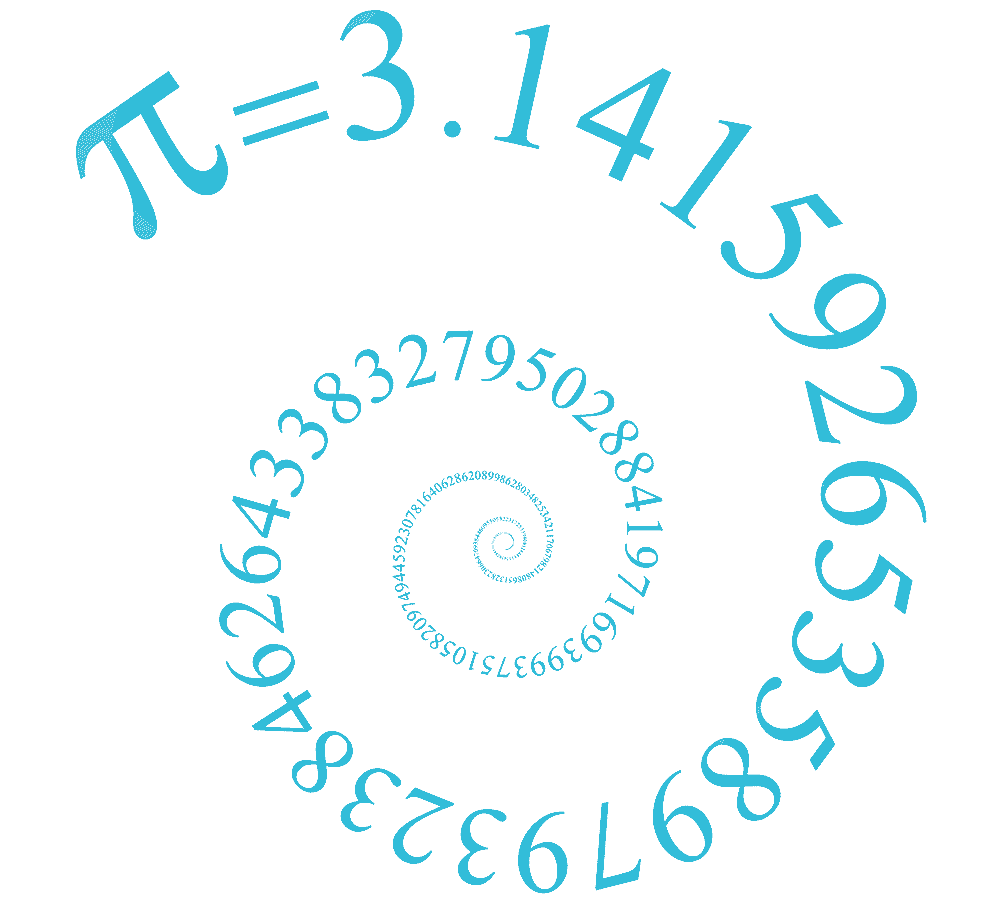Here I am at the World’s Steepest Road in Harlech, North Wales. The road sign indicates an almighty 40% – but how is this measured?
ON ROADS: The 40% means that however far you travel horizontally, you travel 40% of that vertically. So if you go 100m across, you go 40m up.
SO A ROAD WITH A GRADIENT OF 100% STICK VERTICALLY STRAIGHT UP IN THE AIR, RIGHT? No! 100% would mean “across 1, up 1”, so such a road would make an angle of $45$° with the horizontal. Pretty much nothing would be able to grip such a road – all the cars and people would simply slide down to the bottom. For those with a basic knowledge of trigonometry: the world’s steepest road makes an angle of $tan^{-1}(\frac{40}{100}) = 21.8$° with the horizontal.
AT GCSE: The gradient of a straight line is the $m$ in $y=mx+c$. It is simply a measure of how steep the line is. To find the gradient of a straight line ask yourself “across one (in the x-direction), up how much (in the y-direction)?“. So our steepest street in the image has a gradient of 0.4 (“across one up 0.4”).
AT A-LEVEL: we use differential calculus to measure the gradient of a curve. Measuring how steep a curve is can be really useful because it tells us how an increase in one variable affects another variable. For instance the gradient can tell us how quickly a disease is spreading, how quickly an investment is growing, or the rate at which temperature affects sales of ice cream. By the way: the gradient of a distance-time graph tells us the velocity, and the gradient of a velocity-time graph tells us the acceleration.
BEYOND A-LEVEL: moving into 3 (or more) dimensions, a surface can have a different gradient in different directions. Imagine walking across a bumpy landscape: you might be walking up a hill going north to south, but staying on the flat if you walk east to west. We use partial derivatives to measure the steepness in different directions. If a variable is a function of more than two other variables then welcome to the world of multi-dimensional mathematics (difficult to picture but still mathematically useful!).

